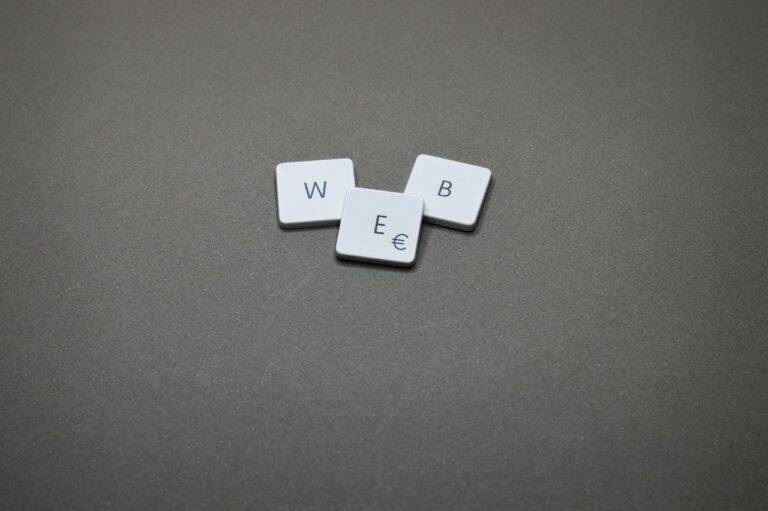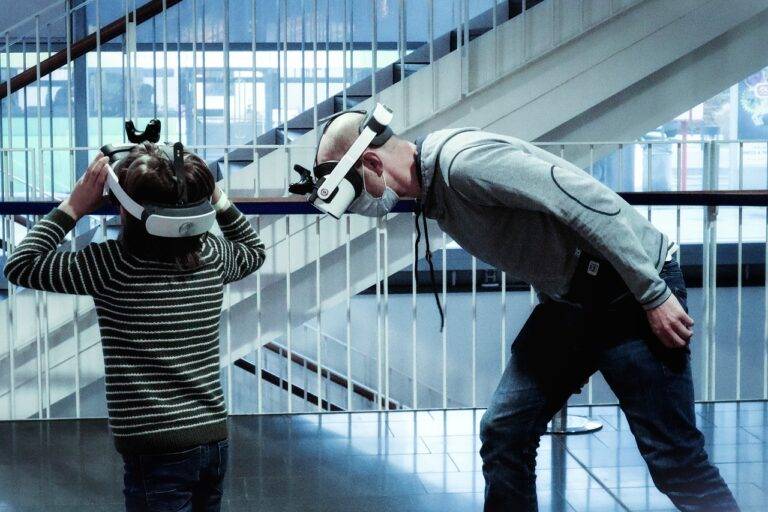Tech Innovations in Disaster Response and Recovery Planning
One tech innovation revolutionizing early warning systems is artificial intelligence (AI). AI algorithms can analyze vast amounts of data in real-time to detect patterns indicating potential disasters, allowing for quick responses. This proactive approach enables authorities to issue timely alerts and evacuation orders, saving lives and minimizing damage.
Another cutting-edge technology in early warning systems is the Internet of Things (IoT). By connecting various sensors and devices, IoT facilitates the collection and transmission of critical data from remote locations, enhancing the accuracy and speed of disaster forecasts. This interconnected network enables rapid communication between responders and stakeholders, improving coordination in emergency situations.
Enhanced Communication Technologies for Coordination
Enhanced communication technologies are revolutionizing the way emergency response teams coordinate during critical situations. These technologies enable real-time information sharing and seamless communication among first responders, government agencies, and humanitarian organizations. By utilizing advanced communication tools such as instant messaging platforms and voice over internet protocol (VoIP) systems, emergency personnel can quickly disseminate crucial updates and coordinate response efforts more effectively.
In addition to facilitating communication among response teams, enhanced technologies also play a key role in improving coordination with affected communities. Social media platforms, mobile apps, and automated messaging systems help disseminate vital information to individuals in disaster-prone areas, enabling them to take necessary precautions and access support services. By harnessing the power of these communication tools, emergency responders can enhance their ability to collaborate with local communities and ensure a more coordinated and efficient response to emergencies.
Drones and Robotics for Damage Assessment
One of the most significant advancements in disaster response strategies is the utilization of drones and robotics for damage assessment. These innovative technologies enable emergency responders to quickly and efficiently collect vital information about the extent of destruction in affected areas. Drones equipped with high-resolution cameras can capture detailed images of damaged infrastructure, allowing for accurate assessments without putting human lives at risk.
Robots, equipped with sensors and cameras, can navigate through hazardous environments, such as collapsed buildings or chemical spills, to assess the extent of damage and identify any potential risks. Their ability to access hard-to-reach places and provide real-time data to response teams greatly enhances the efficiency and safety of disaster assessment and response efforts. By incorporating drones and robotics into damage assessment protocols, emergency response agencies can make more informed decisions and allocate resources effectively in the aftermath of a disaster.
• Drones and robotics play a crucial role in disaster response strategies
• High-resolution cameras on drones provide detailed images of damaged infrastructure
• Robots equipped with sensors can navigate hazardous environments for damage assessment
• These technologies enhance efficiency and safety in disaster assessment and response efforts
How can drones and robotics be used for damage assessment?
Drones and robotics can be equipped with cameras and sensors to swiftly assess the extent of damage in hard-to-reach areas, providing real-time data to response teams.
What are the benefits of using drones and robotics for damage assessment?
Using drones and robotics can significantly speed up the assessment process, reduce risks to human responders, and provide accurate and detailed information for effective decision-making.
How do tech innovations contribute to early warning systems?
Tech innovations such as sensors and monitoring devices can detect hazardous conditions early on, allowing for timely alerts to be issued and preventive measures to be taken.
How do enhanced communication technologies help with coordination during disaster response?
Enhanced communication technologies enable better coordination among response teams, allowing for seamless information sharing, task assignment, and resource allocation in a time-critical situation.





